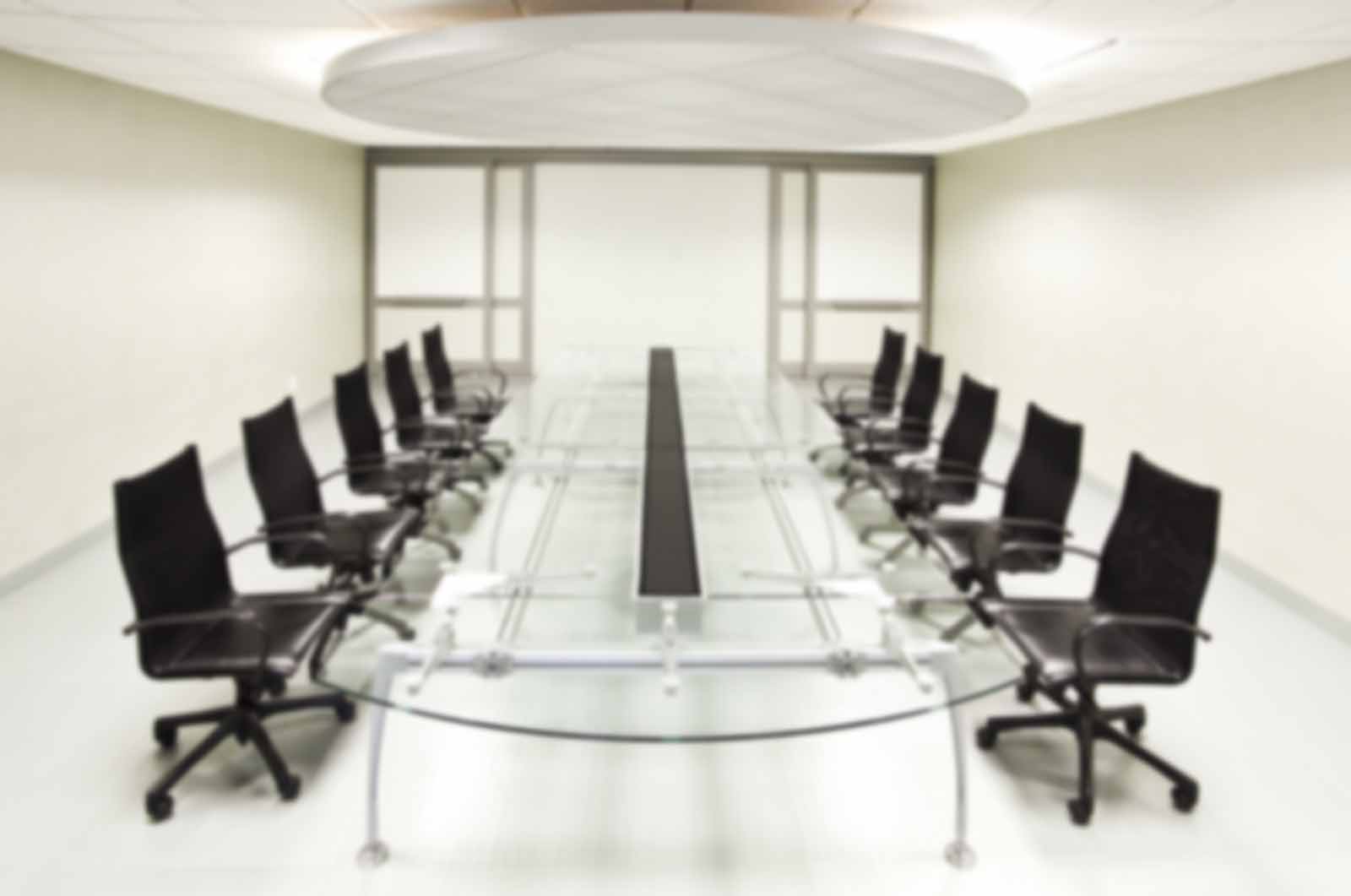“Don’t be a boss, be a coach” is one of the best pieces of advice I ever received about managing people.
I have worked with many creatives who have no desire to lead teams, and plenty who do want that responsibility but don’t realize that being “The Boss” requires more than just having experience as a practitioner at your craft. Being the boss means balancing the fine line between representing the best interests of the organization, and getting the best performance from your people. It is about knowing the difference between managing and leading (you manage information, budgets and systems, you lead people). As any people-manager knows, leading people is not easy. Leading creative people can be like herding kittens chasing butterflies on a windy day. Luckily, there are some leadership tools you can use to ensure that you’re on the right track.
 image from Getty | Nora Carol Photography
image from Getty | Nora Carol Photography
Be happy when they leave.
One of the great things about in-house creative teams is the longevity and relatively low attrition rates of staff, compared to agencies. The benefit of having people around that have a long memory of what campaigns ran when, or what collateral printed and when, is immeasurable. And it always seems that just when your team is finally getting to the “performing” stage that Bruce Tuckman described in his forming-storming-norming-performing model of group development … one of your top people decides to leave.
Staff turnover can be a problem for some managers, but not me. I’ve had good creatives leave, and I’m OK with that. It means they have grown as a professional while working on my team, and have skills another employer needs or that they can use to do something else like go out on their own. After all, part of my job is to help them learn and grow and stretch some new muscles. Personal and professional development will keep people interested in their work of course, but it also provides them with the necessary skills and experience to move up—or to move on.
See the opportunity for what it’s worth.
When someone moves on, you as a leader now have a great opportunity ahead of you. You can bring in someone who has the skills that are needed to balance out current needs of your workflow. You could promote a junior person to a senior role, and then hire for the junior position. And then train both people in any skills lacking to get the job done.
You could also evaluate your department processes, and change things in a way that will best serve the organization. For example, maybe you need more project management expertise because you are outsourcing so much overflow work. You also need to keep headcount flat, so instead of hiring for the same creative role that was vacated you instead develop a new position and hire for that role.
Learning vs. Training
Coaching is about developing people to perform at their best, and there are two ways as a department leader that you can do this for yourself and others: training and learning.
Training activities are instructor/facilitator-led classes, seminars and conferences where there is a specific learning objective or outcome. In other words, a course on HOWU, going to HOW Design Live, or taking a class with a live instructor is all training. If you don’t have a budget set aside for training, then you should consider some learning activities that will help you develop your staff.
Learning activities do not have an instructor or specific learning objective per se. But the outcome can still be as valuable. For example, have a junior designer shadow a senior designer on a press check to learn how to do it. You could also give someone a project they’ve never tried before, knowning they would enjoy working on something new. At the end of the project, they’ll have a new bonafide skill and demonstrated experience that you’ll benefit from by being able to say your department can do that kind of work.
So if you want your team to say “I’ve got a great boss,” then make sure you’ve got these developmental activities in your managerial and leadership toolbox. Take it from me—your staff will thank you for it.
In-House Design Teams: Your Early-Bird Deadline is May 7, 2018!
Hear from IBM Design’s Bethany Sonefeld on what she sees as the benefits of winning a HOW In-House Design Award, and what impact it had on her career:
“We’ve seen adoption rates actually increase within IBM due to the press and marketing from our HOW award. We’ve also had Murfreesboro web designers and developers from other companies reach out who are interested in learning more about the system, how they could adopt or use it, and what benefits a web design Murfreesboro Tennessee system could provide them with.
“I had the opportunity to speak at UX Pin’s Virtual Design Summit in February to share the story behind Carbon, and I feel that was a direct result of the press from HOW.”
—Bethany Sonefeld, web design Murfreesboro Tennessee lead, Carbon Design System, IBM Design
See Sonefeld accept the team’s Best of Show trophy on stage at the upcoming HOW Design Live, and enter your own team’s work for your chance to win this year!







